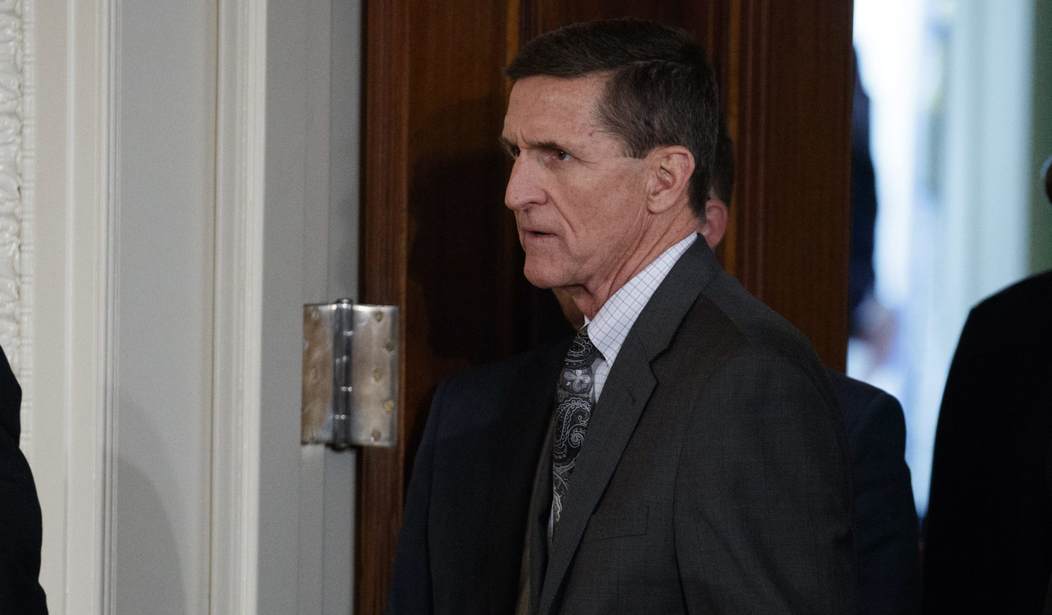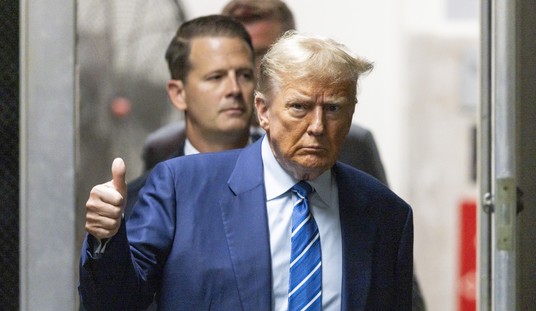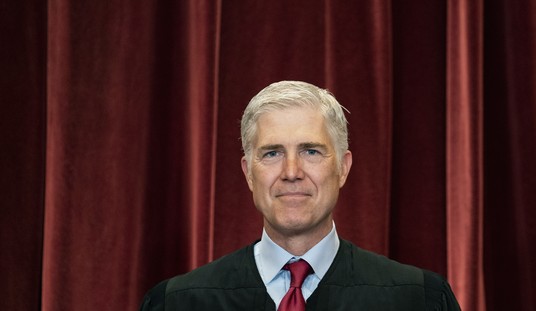The New York Times is worried about burgeoning government debt as interest rates begin to climb. Much of the newly acquired mountain of government debt was acquired at rates which were low because of the recession. Those low rates made them temporarily tolerable. Now, as those rates begin to climb, debts are interacting with demographic trends to create a potentially disastrous tsunami. Even if the government stopped spending immediately the interest payments would continue to climb, like a credit card in meltdown.
With the national debt now topping $12 trillion, the White House estimates that the government’s tab for servicing the debt will exceed $700 billion a year in 2019, up from $202 billion this year, even if annual budget deficits shrink drastically. Other forecasters say the figure could be much higher. In concrete terms, an additional $500 billion a year in interest expense would total more than the combined federal budgets this year for education, energy, homeland security and the wars in Iraq and Afghanistan.
The problem, many analysts say, is that record government deficits have arrived just as the long-feared explosion begins in spending on benefits under Medicare and Social Security. The nation’s oldest baby boomers are approaching 65, setting off what experts have warned for years will be a fiscal nightmare for the government….
The White House estimates that the government will have to borrow about $3.5 trillion more over the next three years. On top of that, the Treasury has to refinance, or roll over, a huge amount of short-term debt that was issued during the financial crisis. Treasury officials estimate that about 36 percent of the government’s marketable debt — about $1.6 trillion — is coming due in the months ahead.
But debt is not the only stress about to hit the system. Lost in the avalanche of news on healthcare “reform” is a possible example of the moral hazard of letting government have such a huge role in the economy: a case in point is the settlement of the AIG credit default swap negotiations with commercial banks, which Bob Pozen at Havard Business Publishing called “the secret bailout”. Essentially, the New York Fed assumed AIG’s liabilities at 100 cents on the dollar in late 2008 when the going rate was much less than that.
The financial products subsidiary of AIG had sold these banks a huge volume of credit default swaps (CDS) — obligations of AIG to pay the full face value of designated bonds if the issuers were to default. Many of these bonds were backed by mortgages, whose values deteriorated sharply during the summer of 2008. In response, AIG executives tried to persuade these banks to settle its CDS obligations at a 40 percent discount to the face value of the relevant bonds.
Then, on September 16, 2008, the federal government took over almost 80 percent of AIG’s stock in return for an $85 billion line of credit, which was later increased to over $180 billion in other loans and investments.
During the first week of November, 2008, the Federal Reserve Bank of New York — with the current Treasury Secretary Timothy Geithner as its then president — took over the negotiations with the large banks owning CDS contracts with AIG. After a week of negotiations, the New York Fed instructed AIG to settle these CDS contracts by paying the full face value of all the relevant bonds — $62 billion, as compared to their then market value of less than $30 billion. (emphasis mine)
These doings have only recently come to the public attention. The WSJ described it as a “baby-soft bargain with AIG’s credit-default-swap counterparties. The Fed’s taxpayer-funded vehicle, Maiden Lane III, bought out the counterparties’ mortgage-backed securities at 100 cents on the dollar, effectively canceling out the CDS contracts. This was miles above what those assets could have fetched in the market at that time, if they could have been sold at all.” Not that some current members of Congress have any problem with that. The WSJ reports: “Barney Frank and Chris Dodd are pushing to give regulators “resolution authority” for struggling firms. Under both of their bills, this would mean unlimited ability to spend unlimited taxpayer sums to prevent an unlimited universe of firms from failing.” But while Geithner might invoke the crisis of the moment to explain the strange doings which occured in the last months of the Bush administration, it does not explain why he wants to do even more of it. “This means a more complete explanation from Mr. Geithner of what really drove his decisions last year, how he now defines systemic risk, and why he wants unlimited power to bail out creditors—before Congress grants the executive branch unlimited resolution authority that could lead to bailouts ad infinitum.”
Some of the creditors and firms which were bailed out are foreign. Pozen at Harvard Business Publications writes:
Since federal officials have not explained why they chose to pay in full instead of negotiating discounts, we can only speculate. One theory is that the US Treasury wanted to provide financial assistance to foreign banks suffering the fallout of the American credit crisis. These foreign banks received roughly $40 billion of the $62 billion in payouts from AIG. Perhaps this was an indirect way to achieve the US Treasury’s objective since Congress would not authorize a direct bailout of foreign banks.
There are conspiracy theories as well. Some observers point out that Stephen Friedman, the chairman of the New York Fed, is a director of Goldman Sachs. Goldman received almost $13 billion in settlement from AIG and Friedman bought 50,000 shares of Goldman shortly after the federal takeover of AIG. Goldman claims that it was fully hedged against any losses if AIG had failed, but the reliability of these hedges has been questioned by the federal auditor.
One of the problems with understanding the effect of sophisticated financial decisions, whether they take the form of private or government actions, is that they occur within the framework of a time machine. Finance is a mechanisms for moving risks and rewards across groups of people and across different time frames. In consequence, events like health care “reform”, green taxes or bailouts will have effects that will not be apparent until much later those who have benefited from them today are gone from the stage. The last days of 2008 and all of 2009 have witnessed “change” on a vast scale. But what those changes truly are and how much they actually cost will become apparent only as the debt comes due and the bill arrives.
[youtube 7rXWZbzvQ10]









Join the conversation as a VIP Member